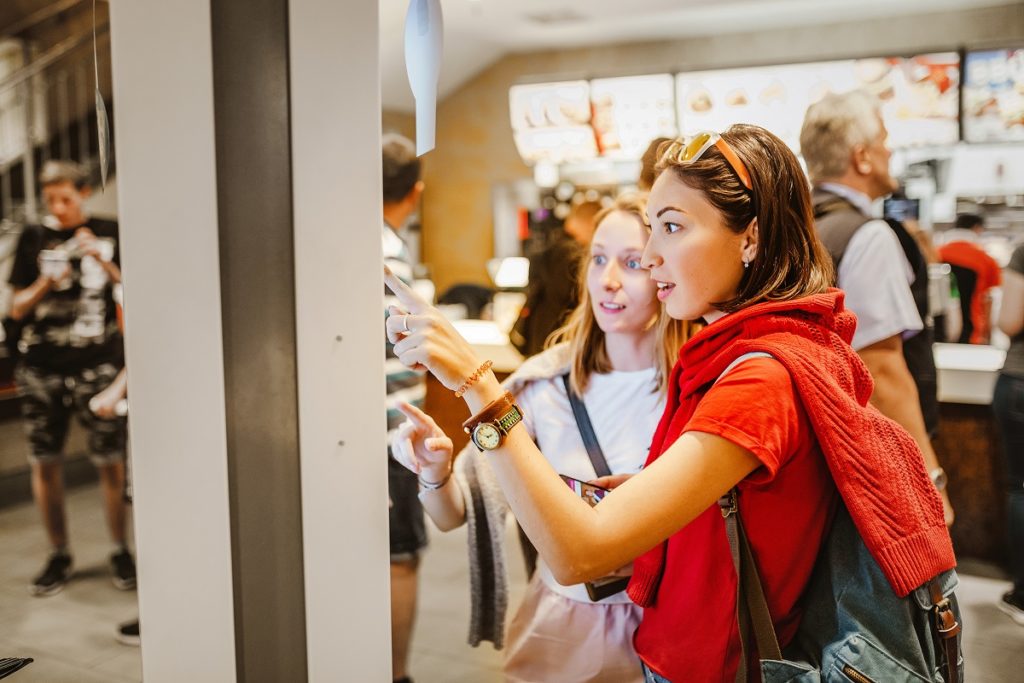Wherever you are in the world, the fast food experience is almost the same. Whether you’re looking to grab fried chicken in Seoul or pizza by the slice in Vancouver, ordering involves browsing a set menu, choosing add-ons if you wish and paying for the meal.
It was in 1948 when Richard McDonald and his brother Maurice transformed the fast food industry. The brothers developed a lean, fast and efficient system that allowed them to offer reasonably priced food at a quick, standardized pace.
The industry is gradually changing, though. In April 2019, McDonald’s acquired Dynamic Yield, an artificial intelligence-powered platform, to personalize its customer experience. The technology is available in the restaurant’s app and self-order kiosks in all US locations.
What’s a personalized fast food experience like?
McDonald’s technology from Dynamic Yield is just like Amazon’s system. When you use the kiosk in the restaurant or the drive-thru, the tech will recommend you to “Add something delicious” based on the add-ons of other customers who ordered the same product. It might even recommend menu items tailored to factors such as the time of day, local events and weather conditions.
But does it work? According to CEO Steve Easterbrook, it does. McDonald’s has seen an increase in orders across the first 700 US restaurants with the technology. With the new technology, customers are keener to add fries, McNuggets and drinks to their orders.
Today’s consumers want personalization
McDonald’s is not the first fast food chain that is harnessing technology for personalized customer experiences. Restaurants around the world are experimenting with the right balance between human cashiers and self-order kiosks, personalized and set menus, as well as push notifications and hard-sell by staff.
In short, the individual preferences of customers are now a priority.
And that’s not a surprise. According to a recent study by market research company, GlobalWebIndex, customers want the flexibility to change orders on their terms. Some want healthier menu options, while others want to change the items based on special diets.
The study also showed that customers want unique experiences. Almost half of fast food customers want better customer service, while others want a quicker delivery or recommendations based on their preferences.

Will we see tech widespread in fast food restaurants?
Probably, but not immediately. Some companies see it as something for fun, something that creates buzz, but nothing more. For companies looking for value, there is a huge opportunity to use technology to improve the customer experience.
What we can be sure of is that the industry will be using technology to collect information across in-retail and digital channels. Companies can then leverage this mass of data that they have to find out their customers’ wants and strategies to meet these wishes.
With technology, fast food restaurants can provide both a consistent and personalized customer experience across all their locations. Companies can make sure that all menus offer the same items and that customers receive their food quickly. When it comes to personalization, customers can open their app, walk in a restaurant, or cruise through the drive-thru and be greeted with a quick order of their favorite menu item. By creating this experience, restaurants can create happy customers in any location.
Fast food is changing. From production methods that create the same product across thousands of restaurants around the world, the industry is now seeing that customers want personalized experiences. With technology, restaurants can maintain their goals for easy access to food, quick delivery and excellent service while prioritizing the wishes of their customers.




